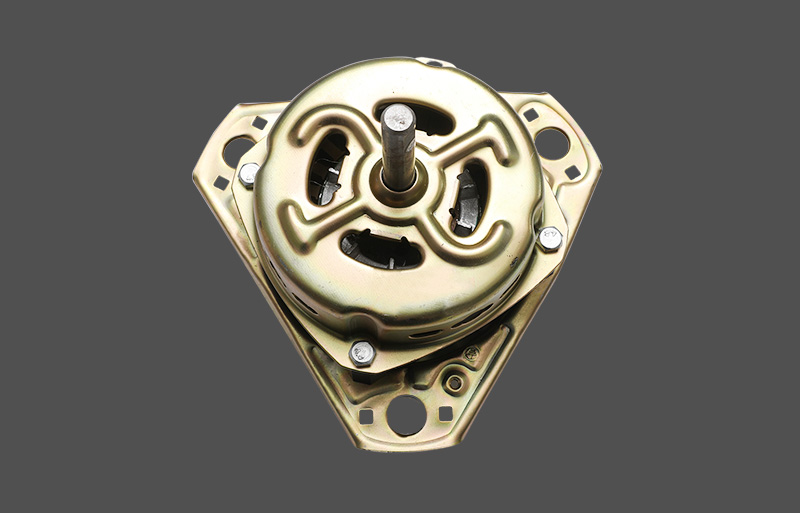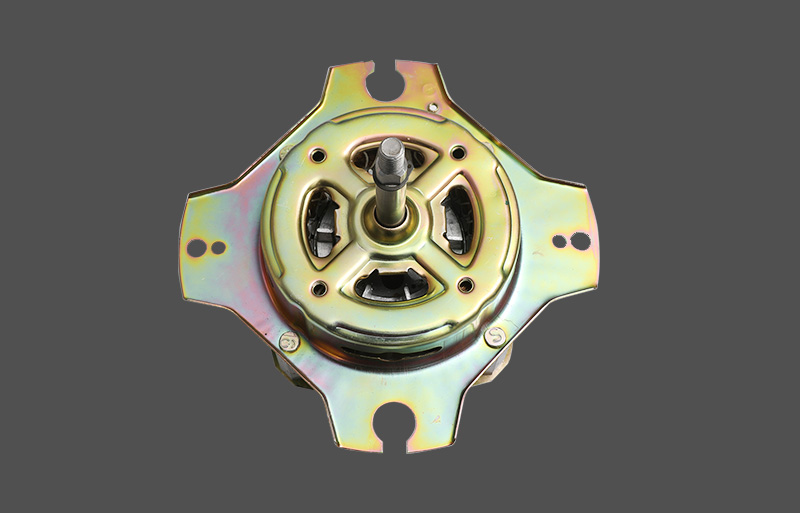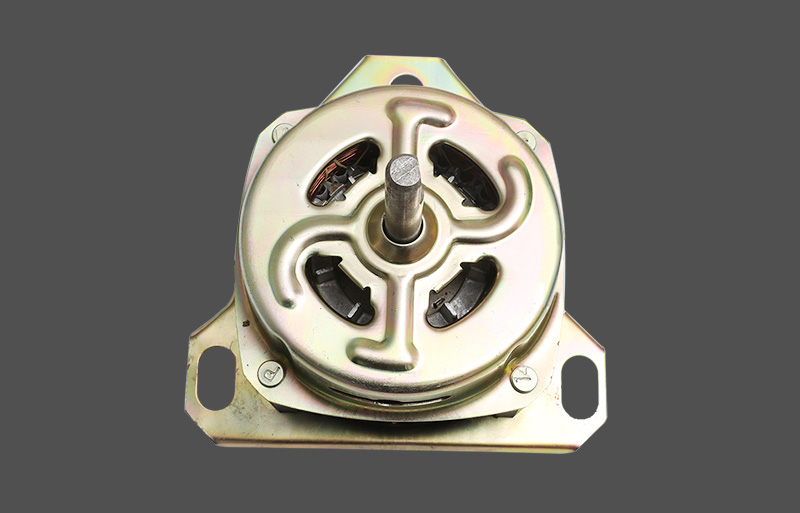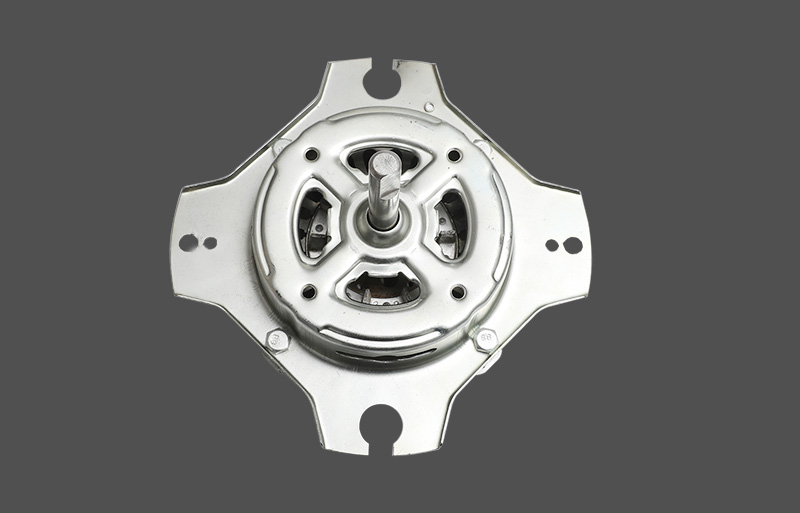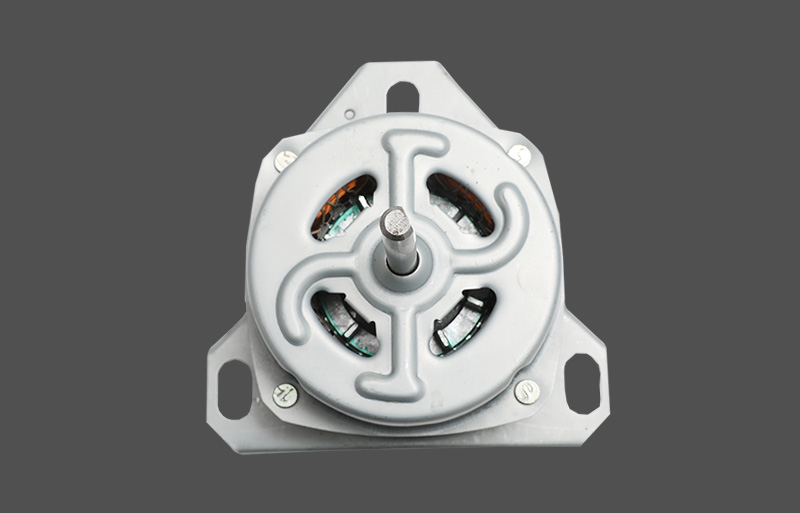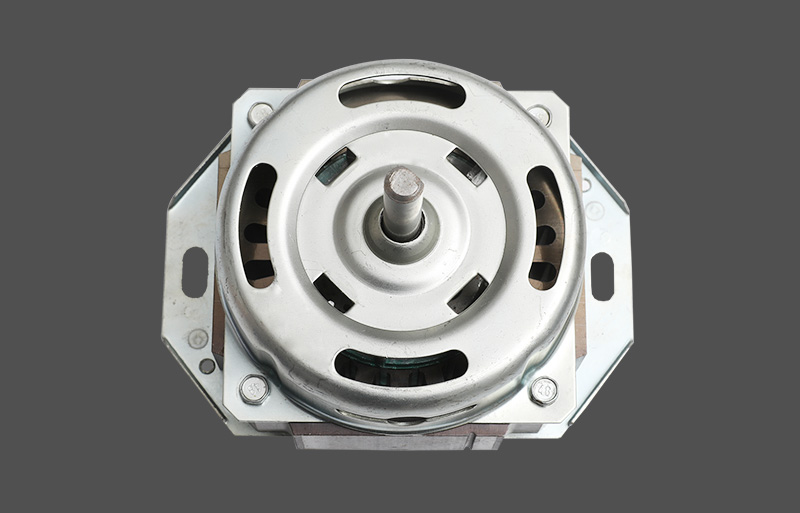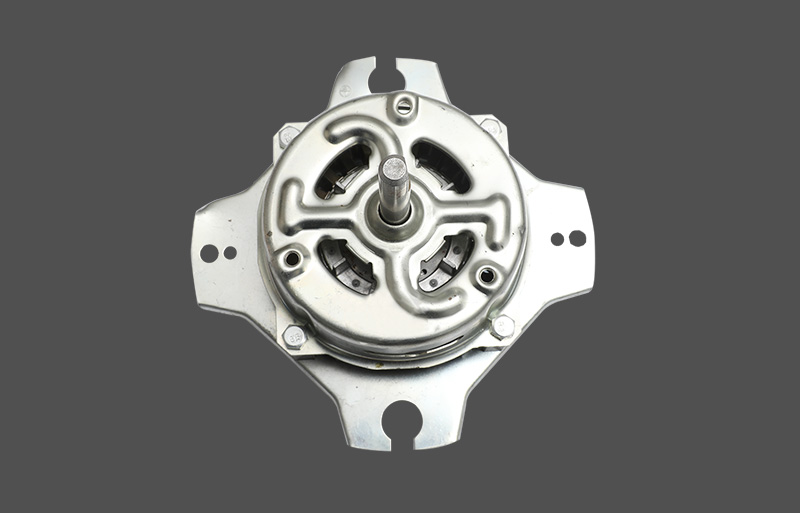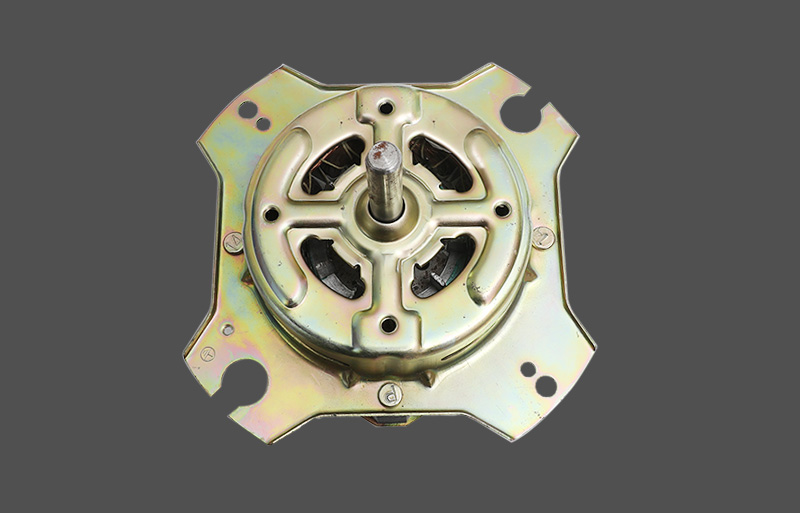In modern families, washing machines have become indispensable household appliances. Its core component, the AC motor, is responsible for driving the washing tub to rotate and achieve efficient cleaning. However, the AC motor generates a lot of heat during operation. If the heat is not dissipated in time, the internal temperature will be too high, which will affect the performance and service life of the motor. Therefore, the design of the cooling system of the AC motor of the washing machine is particularly critical.
The main function of the cooling system of the AC motor of the washing machine is to ensure the safe operation of the motor. When the motor is operating, heat will inevitably be generated in the process of converting electrical energy into mechanical energy. If this heat is not effectively dissipated, the internal temperature of the motor will rise, which will lead to a series of potential safety hazards. For example, if the temperature of the motor winding is too high, the winding may burn out, which will not only make the motor lose its working ability, but also may cause serious consequences such as fire. In addition, excessive temperature will also increase the resistance of the motor winding and increase the core loss, which will significantly increase energy consumption and reduce the overall operating efficiency. Therefore, the effective operation of the cooling system can control the internal temperature of the motor within a safe range, thereby ensuring the safe operation of the motor.
The cooling system also plays a vital role in improving the operating efficiency of the motor. The efficiency of the motor refers to its ability to convert electrical energy into mechanical energy. If the internal temperature of the motor is too high, the efficiency will inevitably be affected. High temperature will increase the winding resistance and core loss, and ultimately increase energy consumption. By optimizing the heat dissipation system and reducing the internal temperature of the motor, the motor efficiency can be significantly improved, energy consumption can be reduced, and a more energy-saving washing process can be achieved.
In addition, the heat dissipation system of the AC motor of the washing machine is also of great significance for extending the service life of the motor. During the operation of the motor, if the heat generated is not discharged in time, it will have a serious impact on its performance and life. High temperature environment may cause the performance of the internal materials of the motor to deteriorate, such as aging of the insulation material and increased conductor resistance, which in turn affects the overall performance of the motor. Through effective heat dissipation design, the motor can be maintained within a reasonable operating temperature range, reducing material aging and performance degradation caused by high temperature, thereby extending the service life of the motor.
In the design of the heat dissipation system of the AC motor of the washing machine, the protection level of the motor must also be considered. In order to ensure the stable operation of the motor in a humid and dusty environment, the heat dissipation system usually adopts a special sealing structure and dust prevention measures. For example, a dustproof net is set between the fan and the heat sink to prevent dust from entering the motor; a waterproof sealing ring is configured on the motor housing to prevent moisture from penetrating. These designs not only improve the protection level of the motor, but also effectively reduce the motor failure rate caused by environmental factors, further ensuring the stable operation of the motor and extending its service life.




